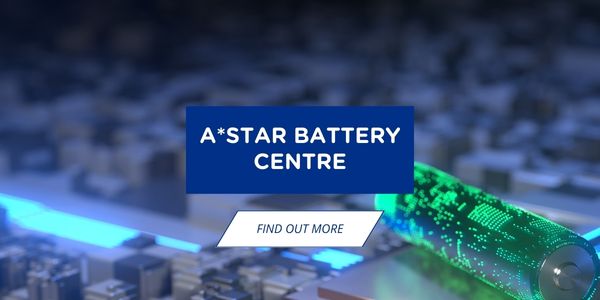AI-Driven Battery Materials Discovery Platform
The AI-Driven Battery Materials Discovery Platform is a fully automated solution for creating and testing solid polymer electrolytes used in structural batteries. It includes an automated pipetting robot for precise formulation, an automated reaction stage for rapid polymer synthesis, and an automated testing stage for comprehensive evaluations. By using AI and automation, the platform speeds up and improves the development of high-performance electrolytes with minimal human input.
Intelligent Design for Battery Systems
Multiscale and multi-physics modelling is used to simulate complex battery systems, focusing on thermal and mechanical design aspects, to enhance safety and performance of energy storage systems. AI integration refines these models, optimising the designs of battery systems to suit varying energy needs and improve overall efficiency.
Smart Remanufacturing: Advanced Battery Health Assessment
To repurpose retired batteries effectively, they need to be assessed and sorted. Traditional methods, like capacity tests and voltage monitoring, are slow and may not fully reveal battery health. Electrochemical Impedance Spectroscopy (EIS), coupled with AI, offers a faster, non-invasive way to analyse battery condition to assess battery health improving decision-making on battery viability for repurposing.
Smart Remanufacturing: Cognitive Robotics Disassembly
Due to varied designs, handling and disassembly of retired batteries are complex. Collaborative robots can partially automate this process and boost productivity. To ensure safety and adaptability, a smart system with features like dynamic collision avoidance and a vision system for high-accuracy object pose estimation has been developed. This system adjusts to different battery designs and responds to human intervention, making operations safer and more flexible with minimal setup.
Sustainable Battery Lifecycle: A 2nd Life Battery Use Case
Retired EV batteries are repurposed into versatile mobile charging units, which require minimal infrastructure upgrades and improve charging accessibility. This innovative approach not only efficiently manages end-of-life batteries but also incorporates smart charging capabilities. By optimising battery use and fostering future EV growth, it exemplifies a sustainable and circular economy initiative.





